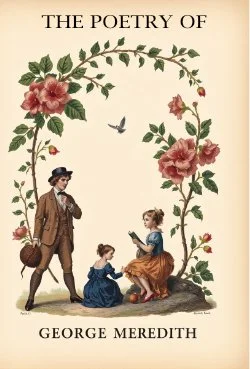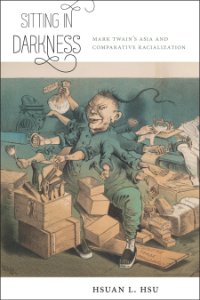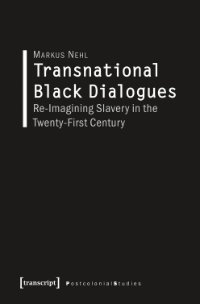By George Meredith (Author), Colin Heston (Introduction) Format: Kindle Edition
George Meredith’s poetry stands as one of the most intellectually challenging and idiosyncratic contributions to Victorian literature. Published in 1888 by Macmillan and Co., The Poetry of George Meredith collects his poetic output into a single volume, offering readers a comprehensive view of a body of work that was often overshadowed by his accomplishments as a novelist. While Meredith’s fiction earned him widespread recognition during his lifetime, his poetry was a more private, cerebral pursuit—revered by literary peers but frequently misunderstood or overlooked by the broader reading public.
To approach Meredith’s poetry is to enter a realm where language serves not merely as ornament but as a crucible for thought. His verse rejects the lush musicality and emotional immediacy typical of many of his contemporaries in favor of a dense, elliptical style that demands intellectual engagement. Meredith himself was acutely aware of how unconventional his poetic voice was, famously describing his work as being written for those “whose heads are used to thinking.” His lines often eschew smoothness for compression, sacrificing surface harmony in pursuit of precision, depth, and psychological or philosophical insight.
Read-Me.Org Inc. New York-Philadelphia-Australia. 2025. 501p.





















